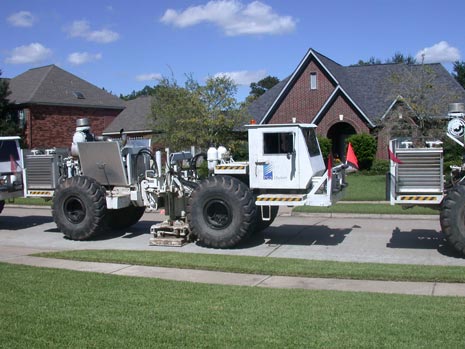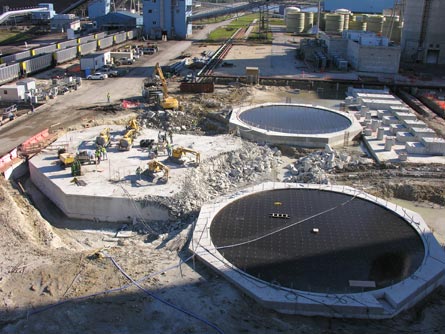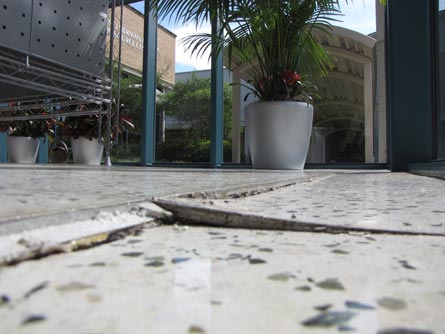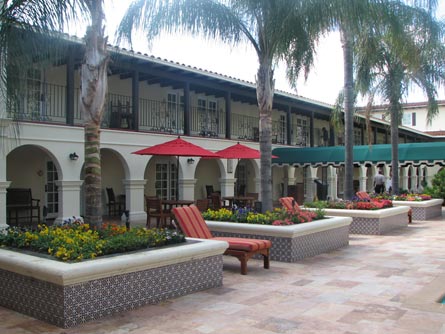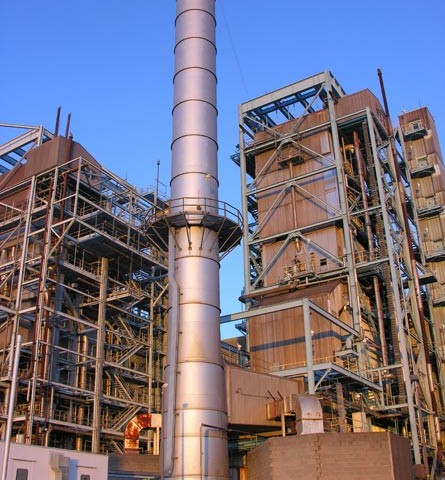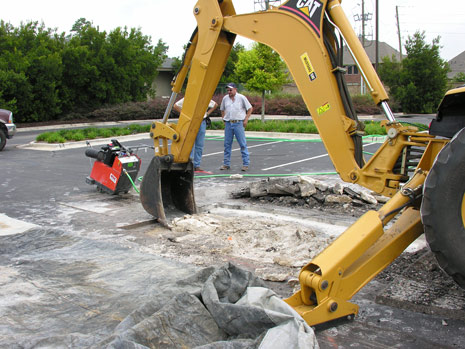In July and August of 1998, blasting and seismic testing as part of a geophysical exploration was being performed in the Houston/Galveston area. CA was retained as a forensic engineer to investigate the effect of the alleged vibrations and determine if the observed distress in several residences was caused by the vibrations resulting from the geophysical exploration. CA’s investigation consisted of, among other activities, performing a detailed condition survey of these houses, analyzing the excitation data including maximum peak particle velocity and maximum displacement following industry standards for the damage threshold level, and examining concrete cores. Further, CA participated in a demonstration testing program designed to document the structural effects of vibrations from geophysical explorations on existing structures. As a result of the investigation, CA was able to evaluate the reported distress at these residences and analyze the results from testing performed to determine the effects of the alleged vibrations.
